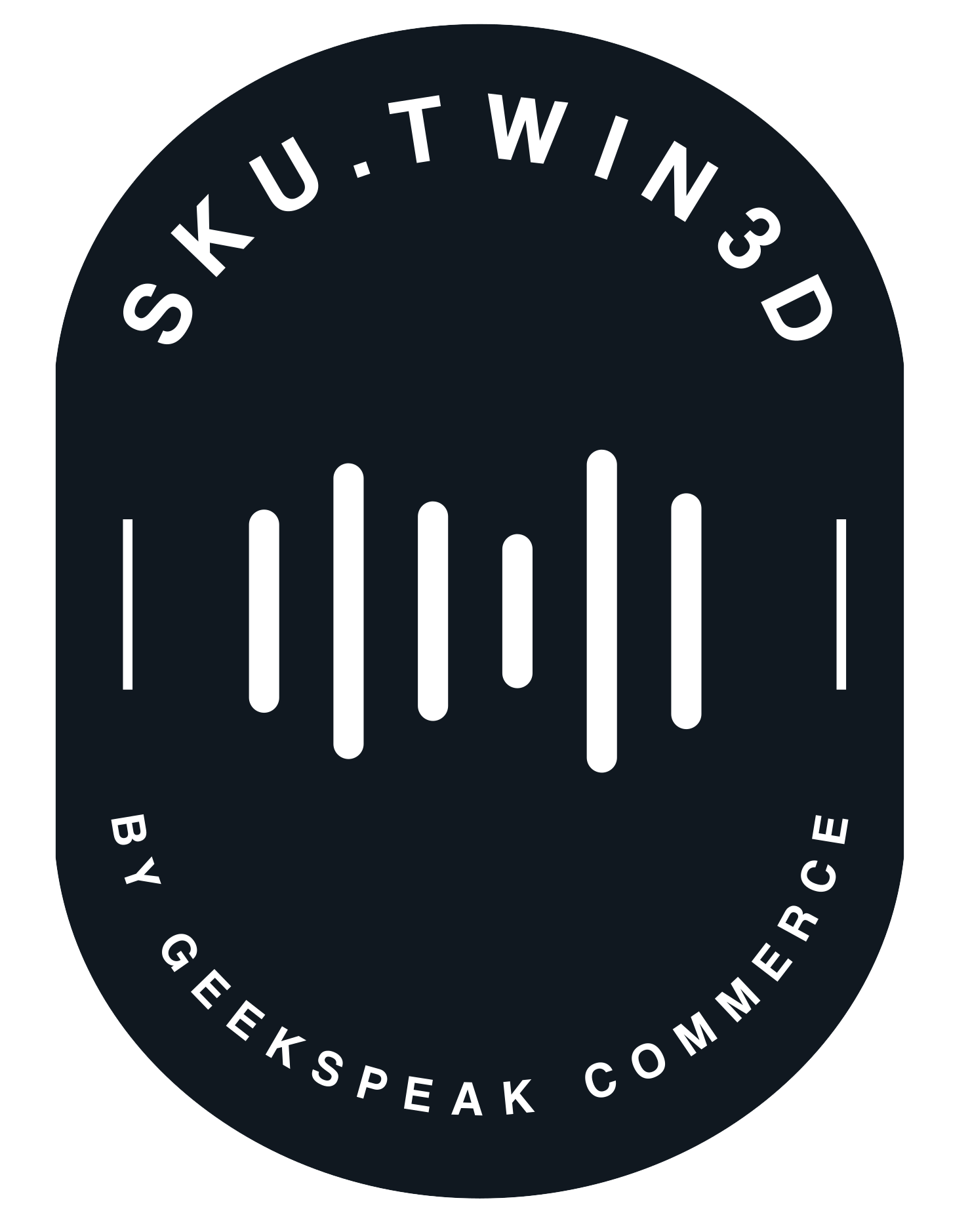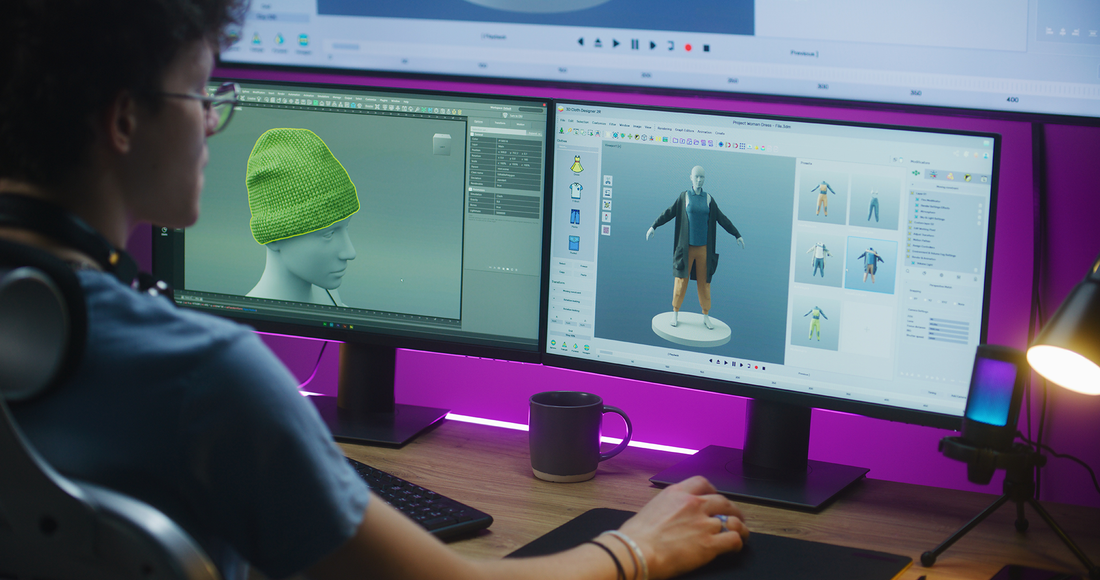Ecommerce has transformed the way consumers shop, bridging the gap between digital and physical retail. Yet, as online shopping evolves, so does the necessity to provide consumers with richer, more engaging experiences. Augmented Reality (AR) and 3D modeling have emerged as revolutionary tools in this space, aiding businesses to boost their conversion rates substantially. Let's delve into how these technologies are making a definitive impact.
1. Immersive Product Visualization:
3D models allow consumers to visualize products from various angles, providing a more comprehensive understanding of the item. When combined with AR, shoppers can virtually 'place' the product in their environment. For instance, when shopping for furniture, users can use AR to 'place' a 3D model of a sofa in their living room, eliminating the guesswork and ensuring that the product fits perfectly.
2. Reducing Returns and Cart Abandonment:
One of the significant pain points in ecommerce is the uncertainty associated with how a product looks or fits. AR and 3D modeling can provide realistic product previews. This clarity not only boosts consumers' confidence in their purchase decision but also reduces return rates. When users are confident about their choices, cart abandonment rates also plummet.
3. Enhanced User Engagement:
Interactive 3D models and AR experiences encourage users to spend more time on the product page, interacting and engaging with the product. This increased engagement often correlates with higher conversion rates, as users who engage deeply with a product are more likely to purchase.
4. Differentiating from Competitors:
In a saturated online market, offering AR and 3D viewing capabilities can set a brand apart from its competitors. It's an added value that can sway consumers to choose one retailer over another, ultimately leading to higher conversion rates.
5. Personalized Shopping Experience:
AR applications can remember user preferences, customizing future AR experiences based on past interactions. This level of personalization, combined with the immersive nature of AR and 3D, creates a tailored shopping experience, making users feel valued and increasing the likelihood of a purchase.
6. Social Sharing and Virality:
Many AR experiences are inherently shareable. Users can capture the AR experience—like virtually trying on sunglasses—and share it on social platforms. This not only acts as organic marketing for the brand but also drives traffic to the site, thereby increasing potential conversions.
7. Overcoming Online Shopping Limitations:
Traditional online shopping platforms offer static images and, at best, video content. AR and 3D modeling break these barriers by offering interactive, realistic representations of products, addressing the tactile limitation of online shopping and making users more comfortable with online purchases.
AR and 3D modeling are more than just flashy tech—they're game-changers. They tackle traditional pain points of online shopping, from uncertainty about product fit to the impersonal nature of digital storefronts. By integrating these technologies, ecommerce businesses not only offer an enhanced shopping experience but also significantly boost their conversion rates, paving the way for increased sales and sustained growth. As consumers become more tech-savvy, the demand for such immersive experiences will only grow, making AR and 3D modeling essential tools for the future of ecommerce.
Learn more about how 3D modeling can benefit your business here.

